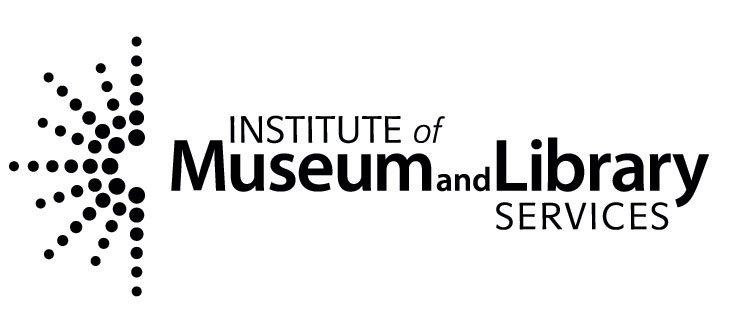
The Emergency Connectivity Fund Program will reimburse schools and libraries for the reasonable costs of eligible equipment and broadband connections used to help students, staff, and patrons who otherwise lack access to be able to engage in remote learning.
The important word is "reimburse." From the 28 September 2021 ECF Newsletter:
"While the school or library must have received the equipment or services prior to submitting their request for reimbursement and must certify to this on the ECF FCC Form 472, they can seek reimbursement before distributing the equipment or services to students, school staff members, or library patrons with an unmet need."
The program is administered by USAC, the same company that administered E-Rate funding. The USAC Emergency Connectivity Fund Customer Support Center opens on June 23, 2021 and operates Monday through Friday from 8:00 a.m. to 8:00 p.m. They can be reached at (800) 234-9781.
The second filing window opens on September 28, 2021 and closes on October 13, 2021. The funding is not guaranteed. The FCC received requests for $5.137 billion to support 9.1 million connected devices and 5.4 million broadband connections during the ECF's initial application filing window. When the funding exceeds the $7.1B in allocated funding, the funds will be distributed based on a discount matrix similar to the one used by USAC for the E-rate program, but providing an additional 5% for rural libraries.
If a library's request is approved, the funding will cover 100%.
Librarians are strongly advised to begin creating accounts immediately and not to wait for the filing period to start.
Billed Entity Number (BEN)
FCC Registration Number (FRN)
E-rate EPC portal account
System for Award Management (SAM)
View the FCC's CIPA Compliance Flowchart.
Children's Internet Protection Act (CIPA) will apply for:
CIPA will not apply for:
Further clarification on CIPA comes from the 28 September 2021 ECF Newsletter:
Do CIPA requirements apply to a school’s or library’s existing computers if the school or library is seeking ECF-support to provide broadband services to its students’, school staff members’, or library patrons’ homes for use only in conjunction with computers and devices the students, school staff or library patrons own?
No. If a school or library purchases eligible services, access, or network equipment through the ECF Program to be used only by student-, school staff- or library patron-owned computers and not by school- or library-owned computers, then the purchase does not trigger CIPA requirements for any school- or library-owned computers.
How many devices can my library request?
Is the funding guaranteed?
Do I have to purchase the laptops or tablets before applying?
What happens if the laptops we want cost more than $400?
Can I apply for reimbursement for devices purchased prior to July 1, 2021?
Can I received funding for Hotspots?
Where can I get help with ECF?
A SAM.gov account is required. Some libraries may not have their own bank accounts, required when applying for the SAM.gov account. If a library is a department of the town or city and bills are paid using library funds but made directly by the town/city, the libraries are listed as eligible entities, but the town/city's FCC RN, Duns number, and SAM.gov registration is used.
If the name of the applicant and provided SAM.gov are different, the system will reject the application. (Source: ALA, E-Rate List; 28 July 2021)
Help Information from Sam.gov on registering a new entity.
If you are registered in SAM.gov, you’ve already been assigned a new Unique Entity ID! It’s viewable in your SAM.gov entity registration record. Go to fsd.gov and select the green Help on UEI Transition button to learn more.
Today, you can get a Unique Entity ID (SAM) from SAM.gov if you are a subcontractor or grant subrecipient who doesn’t need to complete the entity registration process. If you have a DUNS Number today and need to get a new Unique Entity ID (SAM), review this Stakeholder Forum to learn how the SAM.gov process works:


This project was made possible in part by the Institute of Museum and Library Services and the New Hampshire State Library.